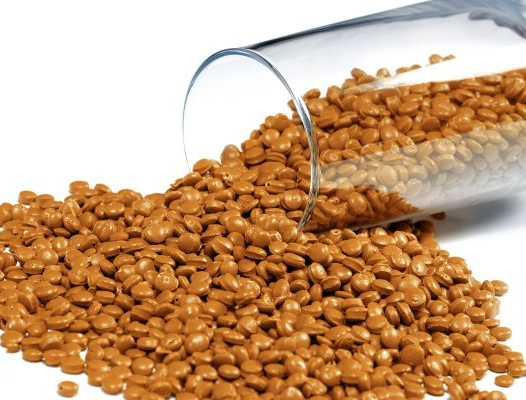PP – Polypropylene

Polypropylene is a thermoplastic polymer with a wide range of applications from automotive industry parts to textile and food packaging. Types of homopolymer, copolymer and random copolymer; OPP and BOPP film, sack, bigbag, rope, plate, bottle, medical supplies, brush, fiber, carpet rope, nonwomen, battery box, paint box, thin walled packing boxes, pipes and fittings etc. manufacturing. The polypropylene obtained by polymerization of the monomer propylene is extremely resistant to chemical solvents (acids and bases).
Physical and Chemical Properties
The most common commercial polypropylene has a level of crystal structure between low density polyethylene (LDPE) and high density polyethylene (HDPE). The Young's modulus (modulus of elasticity) is also middle level. However, it is less hard than LDPE and much less brittle than HDPE. This allows the use of polypropylene in place of engineering plastics such as ABS.
Polypropylene is very resistant to fatigue. Low cost, good impact resistance. The coefficient of friction is low and provides very good electrical insulation. Chemical resistance is good. Suitable for all thermoplastic processing. Polypropylene’s melting temperature is about 160 degrees Celsius.
However, it has the following disadvantages. Low UV radiation resistance, high thermal expansion. Painting and coating are difficult. It has low durable to outdoor weather conditions and is open to oxidation. It is flammable and interacts with chlorine-containing solvents.
Injection type
Homopolymer, copolymer, random copolymer containers, battery boxes, household and kitchenware, technical products..
Blow Type
Different types of bottles
Extrusion Type
Orient and biorient film, raffia, fiber stitch, carpet ropes, etc.
